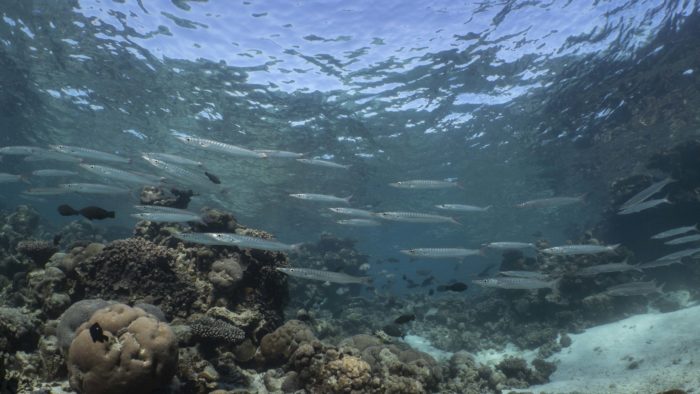
Ningaloo Reef National Park in Western Australia has to be one of the most beautiful and healthiest coral reefs in the world right now!
I have never seen coral so healthy and I have been extremely lucky to dive many different coral reefs around the world. When the basis of a reef, such as coral, is healthy, this allows for an overall balance in the ecosystem. The other reason for such healthy coral reef ecosystems on the Western Australian coastline is because there are warm currents flowing south from the northern tropical waters, as well as cool currents flowing north from the Southern Ocean that brings nutrient-rich water to the reef.
A healthy balanced reef more often than not means that there is greater diversity in the organisms that make up this ecosystem. This diversity made Ningaloo the absolute perfect place for me to undertake a photography workshop to increase my skills and learn more about the art of underwater photography with Australian ocean and nature photographer Alex Kydd.
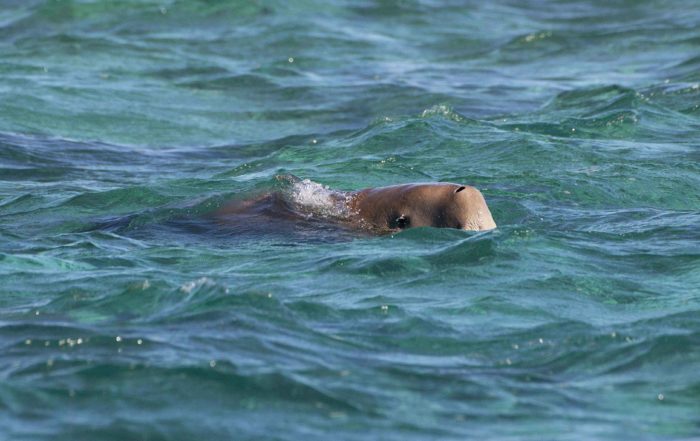
I have been taking underwater photos for the last 2 years now, from point and shoot cameras, to my own housing set-up and now my Reef Photo & Video sponsored gear. I knew how to use a camera and set an underwater housing up, but I did not fundamentally understand photography, and this was something I really wanted to learn more about and was one of my goals for the scholarship year. Particularly so that I wasn’t just flicking switches on a camera until I got the photo I wanted or taking a million photos and hoping that one of them will turn out okay.
I headed up to Coral Bay to stay with my wonderful friend, fellow marine biologist and boss when I conducted my internship in the Maldives in 2016, Kylie Merritt, who is now managing Coral Bay Eco Tours. After a tour of the tiny town that is Coral Bay, I met Alex, who was Kylie’s neighbour and we set to work on our first photography workshop.
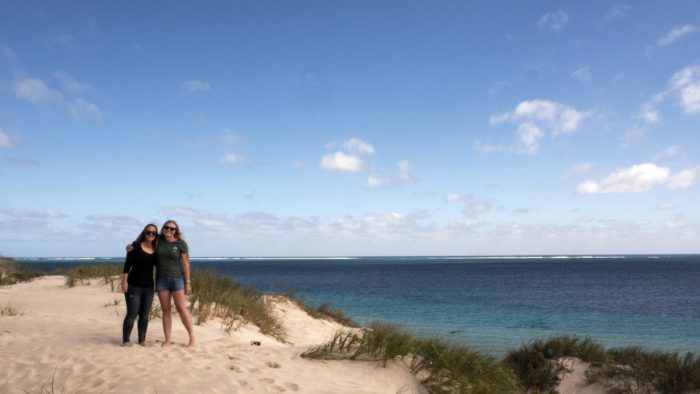
Through a series of sessions, Alex talked me through the ins and outs of underwater photography, and even a few lessons that could be applied to land. From ISO, aperture, shutter speeds, natural light, shooting with and without strobes, wet lenses versus dry lenses, underwater housings, equipment care, to post-production, social-media and even the artistic take on photography, I learned so much in just a week!
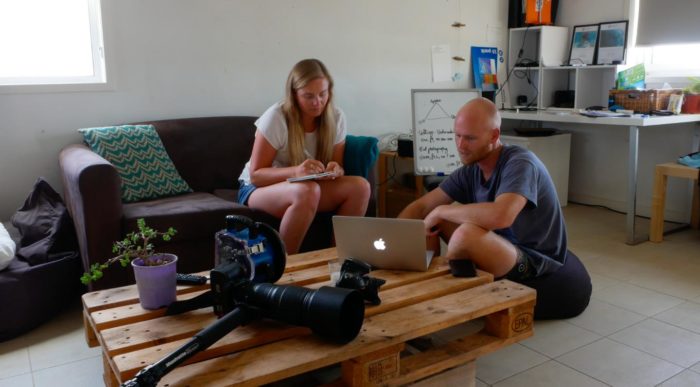
After the theory sessions, I was itching to get in the water and apply the skills I had learned. I spent the week with Alex on-board Ningaloo Marine Interactions and their vessel Utopia, where skipper and manta-ray expert Frazer McGregor took us to explore some of the best parts of Ningaloo. This ended up being the whole reef – this really is such an incredible part of Australia!
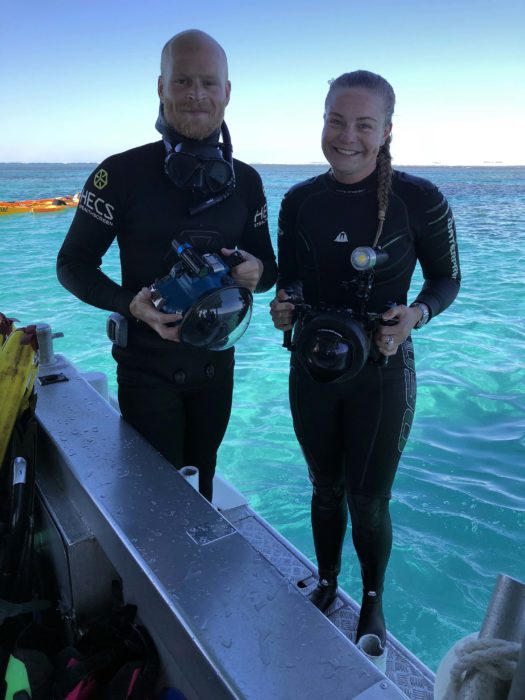
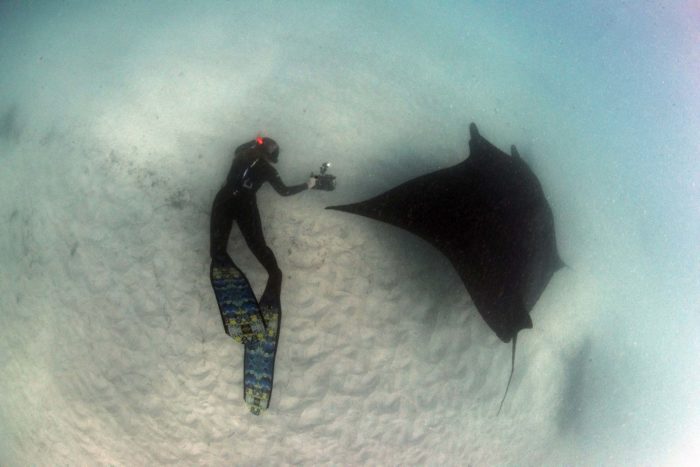
I was lucky enough to be able to apply these photography skills to a huge range of subjects and have some amazing interactions with so many animals. From the magnificent coral reefs, to thousands of fishes, Sting Rays, Turtles, Manta Rays, Tiger Sharks, Dugongs and Humpback Whales – all in just one week!!! I could not have been in a more amazing part of my own country to be able to undertake this photography workshop.
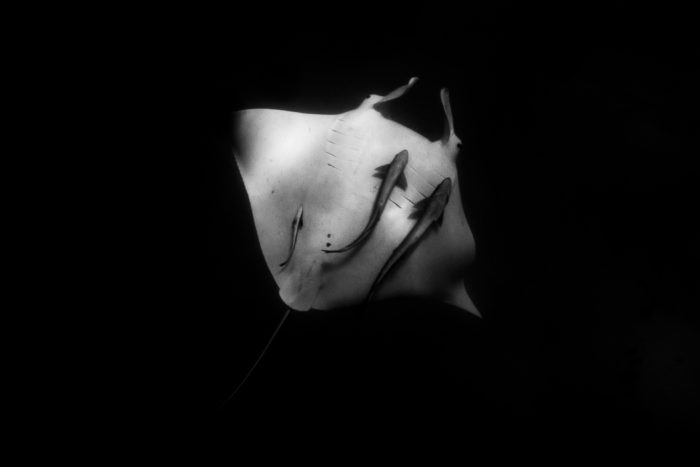
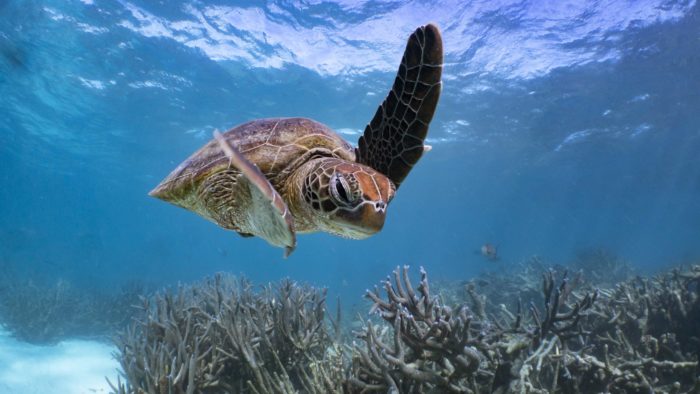
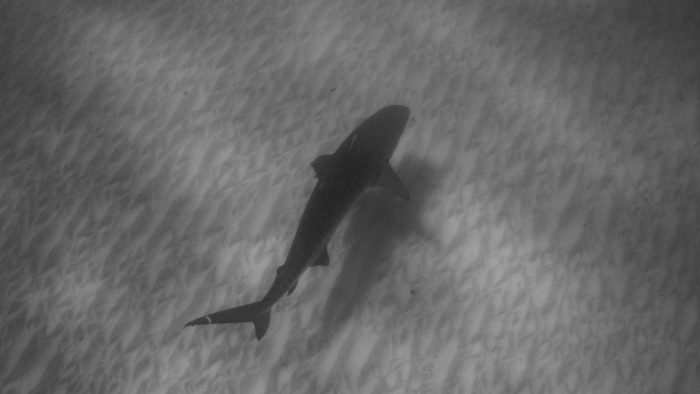
The best part was that all these skills I had learned with Alex were whilst holding my breath freediving – so no bubbles! This meant that I had to think more thoroughly about my subjects and the photograph I want to capture by using the skills I had learned from Alex and apply them quickly, as my time was much more limited underwater. By the end of the week I certainly had many photographs that I was happy with and felt that I could apply these skills into my future photography. It was such a brilliant week and I am so grateful to Alex for all he taught me and hopefully I will be able to use what I learned during the week going forward for the rest of my scholarship year.
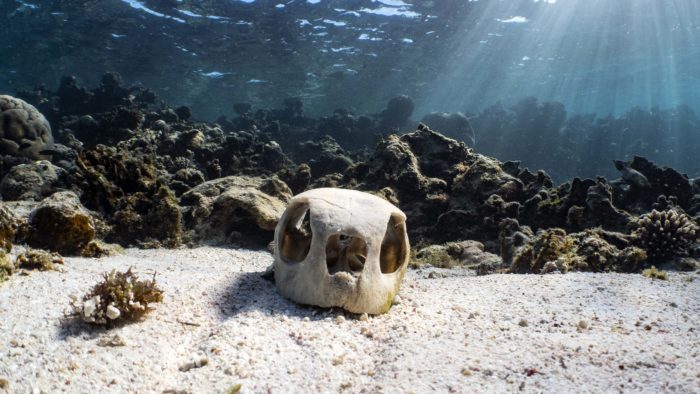
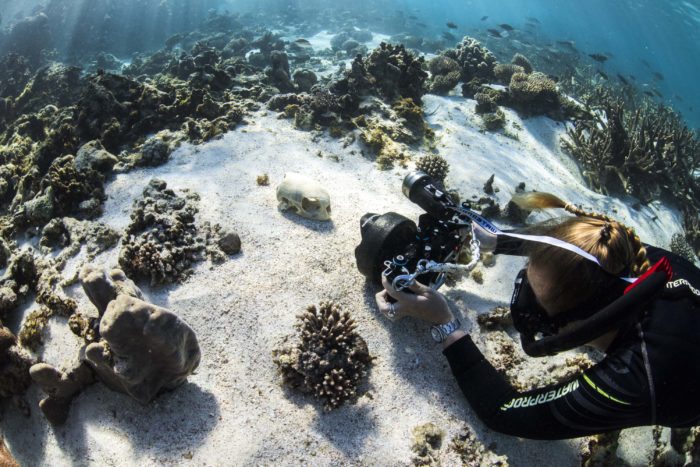
While I was in Coral Bay, I was also extremely lucky to also have had the opportunity to head out with the company Kylie now manages, Coral Bay Eco Tours, which is one of the only companies in Australia that currently have licences to swim with Humpback Whales! As I’m sure with any marine biologist and well, anyone who has a love for the ocean, I could not have been more excited to fulfil a life-long dream of swimming with humpies. Skipper Steve, and the wonderful team including Kylie, Prue, Shirhan, Hannah, Bree and Anna, lead us outside the reef to witness the annual winter migration of over 5000 kilometres from Antarctica to the Kimberley’s of the Humpbacks. Boy was it spectacular!!! Over the three days I was lucky enough to go out on the reef with Coral Bay Eco Tours, I swam with more than 30 whales, from mother and calves, to large bulls.
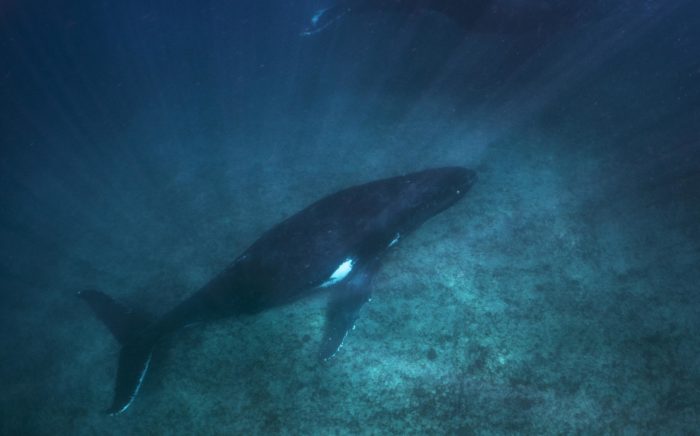
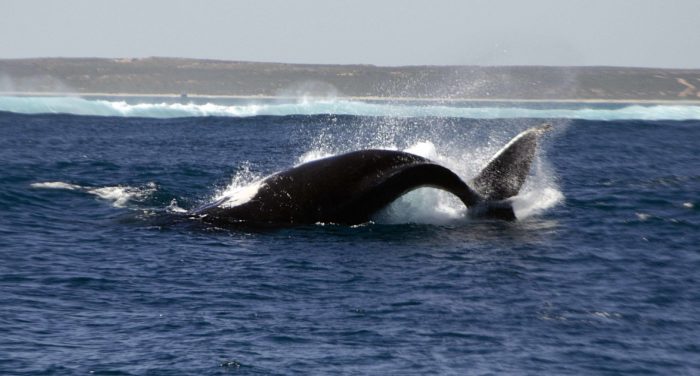
To finish off a marvellous week in Coral Bay, I was given the opportunity to head up in a spotter plane with local pilot Jason. These planes are used daily by the eco-tour companies to spot some of the larger animals on the reef including Whales, Tiger Sharks and Manta Rays. It helps to make sure each of the tour company has their own animals to swim with so that there is not a huge line to swim with one animal and allows the skipper to be able to safely spot the animals from the radio directions of the pilots. In particular, there are restrictions with Humpback Whales as well, including companies only being allowed to swim with calves that are larger than half the size of their mother, and this is something that can only be viewed from above. It was wonderful to view the reef I had just spent the week exploring and photographing from above, and it was just as spectacular from the air as it was underwater.
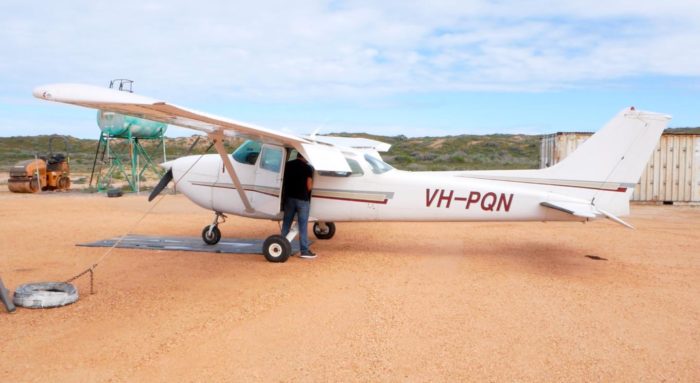
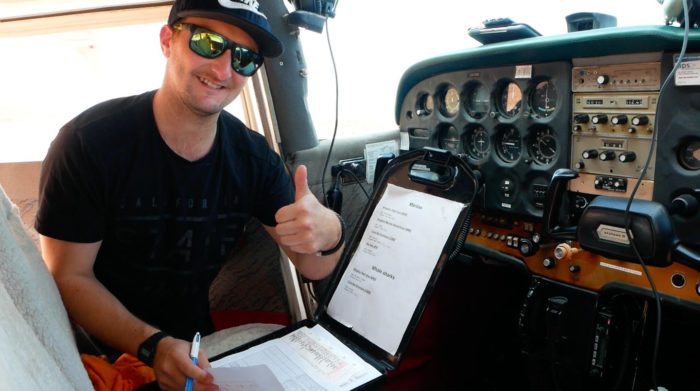
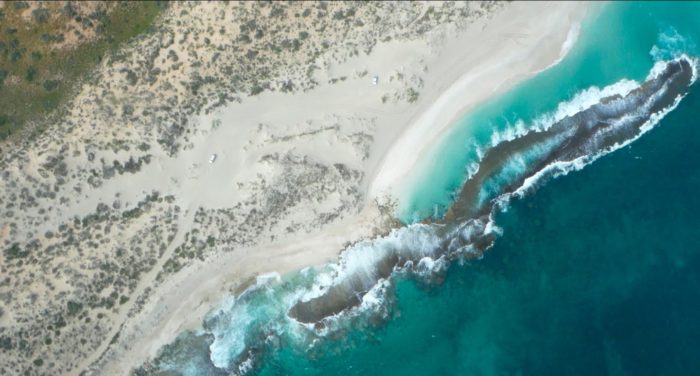
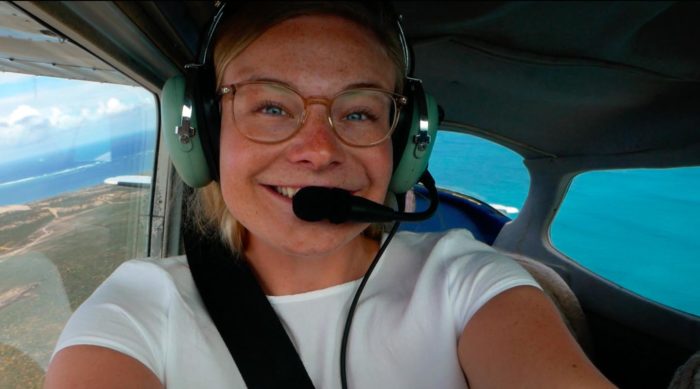
I owe the biggest of thank you’s to my beautiful friends Kylie, Shirhan and baby Ava for hosting me while I was in Coral Bay. Thank you to Alex for all the advice and skills you taught me during the week out on the magnificent Ningaloo Reef, as well as Frazer and the team at Ningaloo Marine Interactions for having me on-board Utpoia, plus finding so many wonderful photo subjects. A big thank you to Coral Bay Eco Tours for having me on-board with their amazing team and for the most magnificent encounters and my first swims with Humpback Whales!
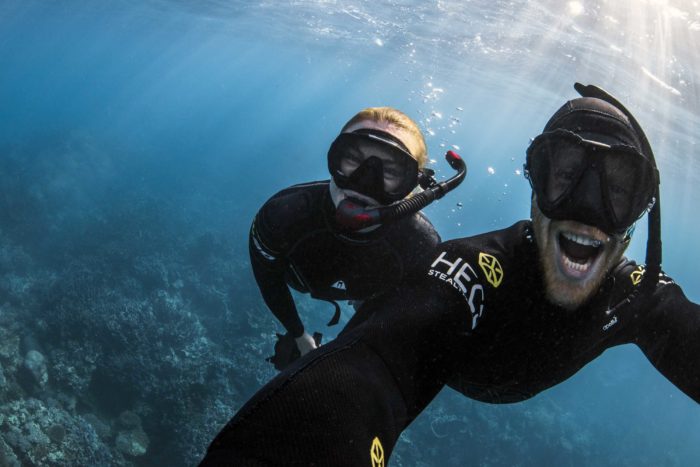
Thank you in particular to Reef Photo & Video, Nauticam and Light and Motion, for sponsoring me with such an amazing set of underwater photography gear to capture these special moments. As always, a huge thank you to those that support these incredible scholarship opportunities including OWUSS, Rolex, TUSA, Waterproof International, DAN, PADI and Mako Eyewear.
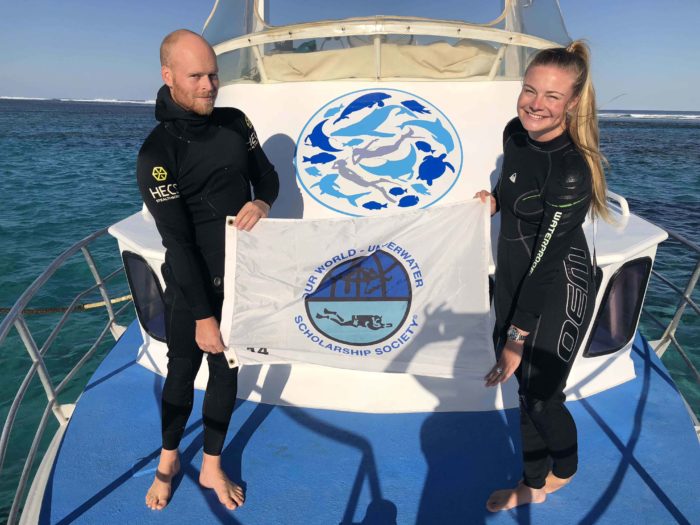
Next, I’m heading back home to Tasmania to help work on multiple projects, including continuing working on the Tasmanian chapter of the Great Southern Reef Project with past scholar Stefan Andrews , as well as a quick stop in Melbourne on the way home to an Explorer’s Club event, with guest speaker and past Australasian Scholar Matt Carter on marine archaeology.